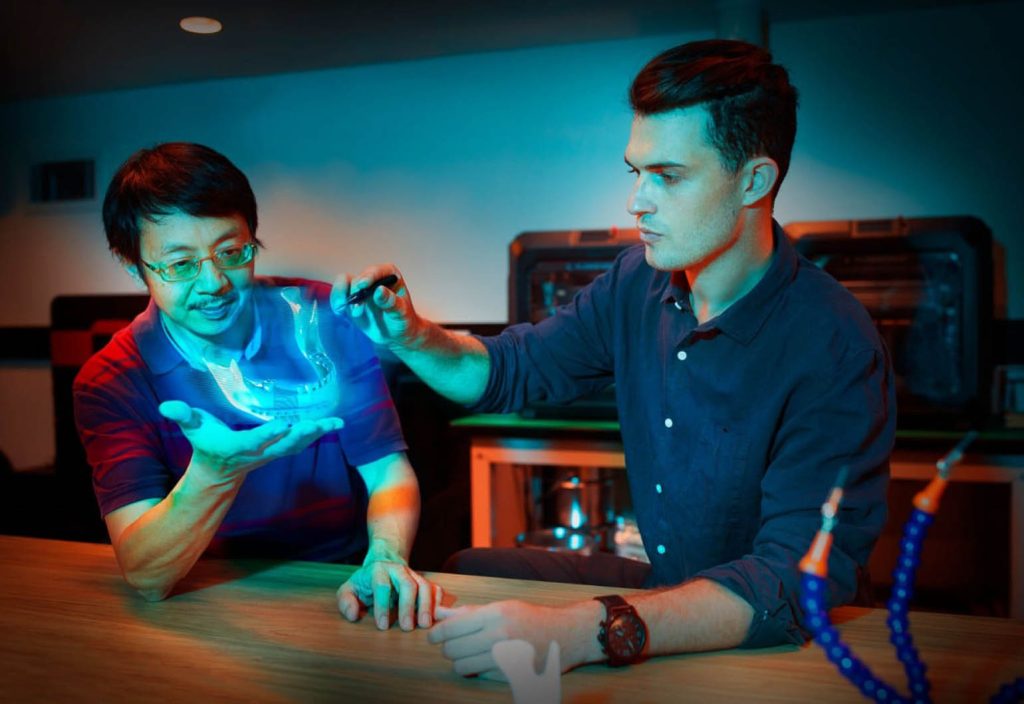A tool developed by a University of Sydney engineer will help surgeons plan the complicated task of jawbone reconstruction.
One type of jaw surgery involves placing a 3D-printed scaffold where a portion of the jaw has been removed, then allowing the patient’s own tissue to regrow to its original state.
Used in treatment for oral cancer or when someone has suffered significant physical trauma, the surgery can be complex and involve long recovery times.
Ben Ferguson, a PhD student in the University of Sydney’s School of Aerospace, Mechanical and Mechatronic Engineering, is making it easier for surgeons to approach this difficult task.
His analysis helps determine the ideal position to place the titanium fixation plate used in the surgery, identifying the best placement by height and angle for each individual patient.
Helping surgeons’ decision making
“Surgeons can face a decision dilemma when they are planning a surgery such as this, because there are many different considerations they must weigh up,” Ferguson says.
“On the one hand, they must ensure that the structure is going to be strong enough to allow the patient to bite down without it breaking. But if the patient is biting down, then the structure also needs to be stiff enough that it won’t deform significantly.”
The tool uses tissue engineering and 3D printing, taking a CT scan of the patient, and then, using 3D computer modelling, designing and fabricating a 3D-printed tissue scaffold.
“This surgical planning methodology is patient-specific and driven by CT imagery, finite element analysis engineering software and multi-objective optimisation algorithms,” Ferguson says.
“Firstly, we build a digital twin of the patient’s mandible using CT image processing. The computer-aided design models of the tissue scaffold and the 19 different fixation plates are designed to be conformal to the organic shape of this patient’s mandible.
“The 19 models are then transferred to Abaqus software for finite element analysis to simulate biting.”
Improved patient outcomes
By helping surgeons better identify where and how to conduct operations such as these, Ferguson’s tool will help patients recover faster and reduce the need for repeat surgeries.
“Nowadays, it would be unthinkable to construct a building without running an engineering simulation on it beforehand,” Ferguson says.
“This is the industry standard in civil engineering. The same expectation should be applied to surgery on a human being.”
For more of the latest engineering news sign up to create’s weekly newsletter.
